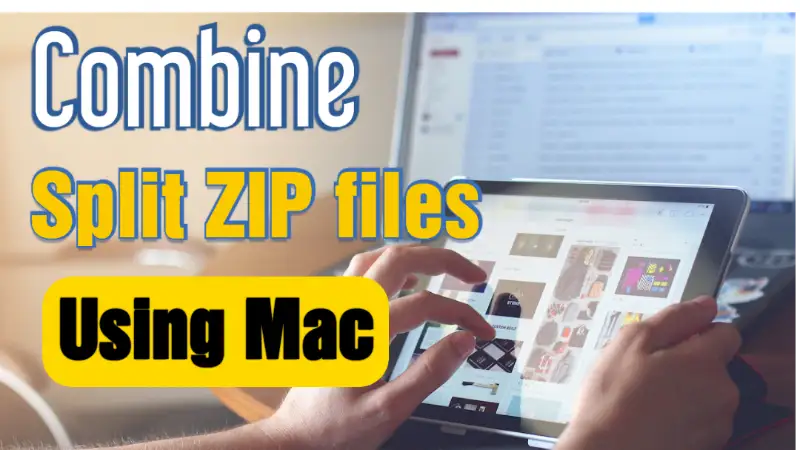When you create a ZIP archive on your Mac using the built-in archive utility or other 3rd party software, the compressed file may contain a folder named “_MACOSX”.
This “_MACOSX” folder contains metadata about the archive and is visible when extracting on non-Mac systems, such as on Windows PC.
Other metadata files created by Mac include.DS_Store, AppleDouble, etc.
In Apple’s terms, these are called Mac resource forks.
This article will show you how to remove and avoid having these Mac resource forks (system) files when compressing (zipping) files and folders.
How to ZIP Files on Mac without having the .DS_Store and _MACOSX folders
Here are the five (5) ways to do so.
Method 1. Delete Within the ZIP File
The fastest and easiest way is to delete the Mac system files from the ZIP file itself.
This is useful If you already have the compressed file containing the Mac system files and do not want to redo the whole compression process again.
Follow the steps below to do so.
- Open the Terminal app. You can search “Terminal” using the magnifying glass icon in the top-right corner.
- Navigate to the compressed file you already had. For example, if it is on the Desktop, use the command below;
cd Desktop- Now use the command below to delete the hidden system folder “__MACOSX folder”
zip -d compressed.zip __MACOSX/\*Replace <compressed.zip> with the actual zip file you have.
Method 2. Use CleanArchiver
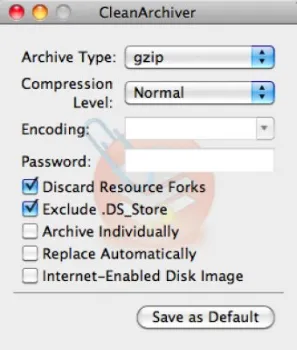
CleanArchiver is a simple and effective archiving utility for macOS and you will need to install this small application to compress files and folders into a ZIP package.
It supports standard archive types such as gzip, bzip2, and zip as well as compressed disk images.
The compression tool can exclude macOS system files, such as .DS_Store, _MACOSX, and custom icon file (Icon\r) in your zipped archive.
Method 3. Compress using Mac Terminal
When you use the Mac Terminal app to compress files and folders, there will not be any Mac-related system files created.
All you need to do is use a few simple commands.
- Place the file/folder in an easy directory, e.g. Desktop, and navigate to it.
cd Desktop/newfolder- Use the following command to ZIP the folder WITHOUT __MACOSX, _DS_Store, and other Mac system metadata files.
zip -r compressed.zip . -x '.*' -x '__MACOSX'From the example above, you have compressed “newfolder” located on your Desktop and named it “compressed.zip”.
Optional Step: You can verify the contents inside the zip file (ensure that no system files are included) using the command below;
zipinfo compressed.zipOnce done, you can now copy this zipped file to any Windows PC to unzip it.
Method 4. Use WinArchiver Lite
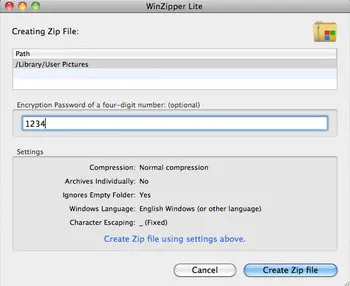
WinArchiver Lite is a macOS application that can create zip folders fully compatible with Microsoft Windows Operating System.
During compression, the tool can exclude any Mac OS X files (.DS_Store, AppleDouble, etc.) from a Zip file automatically.
Some of the main features include;
- Set 4-digit password protection on the zipped file (optional)
- Supports multibyte characters (e.g. Japanese, Korean, Chinese)
- Drag & Drop interface for quick file compression
Method 5. Use BetterZip
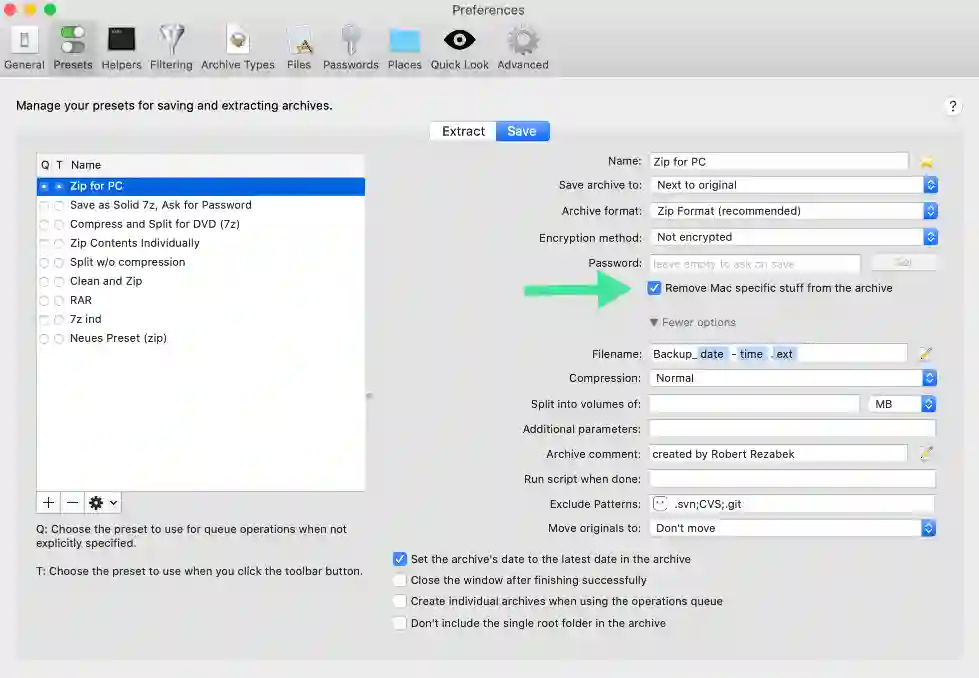
BetterZip is a macOS archiving application that can create archives in popular formats, such as ZIP, DMG, TAR, 7-ZIP, and many others.
The compression tool allows you to filter out unwanted files during archive extraction. This includes Thumbs.db, .DS_Store and other Mac system files.
Some of its main features include;
- Support opening and extracting of over 30 archive formats
- Ability to join split files with enumerated file extensions, e.g, 001, 002, etc
- Ability to preview files before the actual extraction

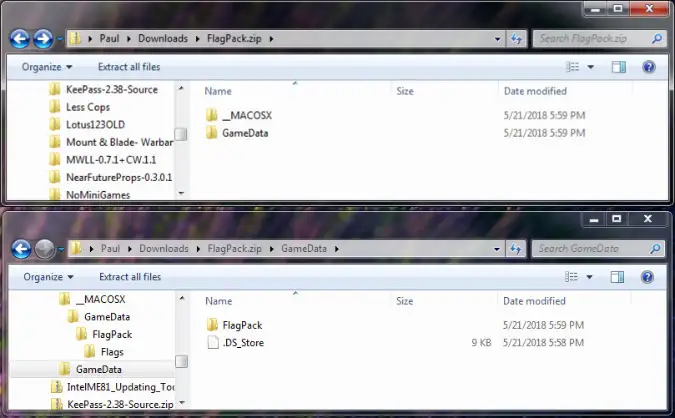


![[7 Ways] You May Not Have a Proper App for Viewing this Content](https://www.ticktechtold.com/wp-content/uploads/2023/02/Featured_error-message-you-may-not-have-a-proper-app-for-viewing-this-content-android-whatsapp.webp)
![7 Ways to FIX Telegram Banned Number [Recover Account Unban]](https://www.ticktechtold.com/wp-content/uploads/2023/03/Featured_fix-recover-telegram-this-phone-number-is-banned.webp)


